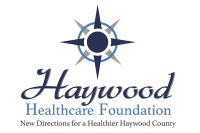Obamacare navigator funding eliminated

Jan Plummer is the Obamacare Navigator program coordinator at Mountain Projects, but probably not for much longer.
Unsurprisingly, after a three-year cooperative agreement expired Sept. 12, Mountain Projects wasn’t selected for re-funding of the Navigator program, which helps people sign up for health care coverage.
“We knew at the time that only $500,000 was available for all of North Carolina, because that’s what Centers for Medicaid Services had allotted,” Plummer said. “The previous year, there was just over $3 million awarded.”
That $500,000 was awarded to Legal Aid of N.C., which will have a presence in all 100 North Carolina counties, albeit less substantial than Mountain Projects did in Western North Carolina.
Four full-time and three part-time Mountain Projects navigators were available in the seven westernmost counties of the state — Cherokee, Clay, Graham, Haywood, Jackson, Macon and Swain — for the past six years. It cost the organization about $350,000 to staff the program.
“It was certainly a big reduction for anyone. The funds were cut dramatically,” said Mountain Projects Executive Director Patsy Davis. “There was a 90 percent reduction in funds nationally, so nobody got much money.”
Related Items
But there’s still so much work to do.
In 2017, more than 11,000 people in the seven western counties enrolled. However, the uninsured rate in the region still lingers around 17 percent, according to the Healthy Lives and Communities County Health Rankings & Roadmaps report.
Currently, an estimated 32,343 remain uninsured, representing about 18 percent of the uninsured in the state, partly due to the Medicaid gap, and partly due to those with higher incomes who still can not afford coverage.
In 2017 alone, Mountain Projects tracked 7,194 consumer interactions in which it assisted consumers with general or specific questions; it conducted 6,000 health care literacy conversations, referred 200 to Medicaid or CHIP, and reached more than 20,000 consumers or potential consumers through advertising, outreach, flyers social media, community partners, enrollment events and outreach activities.
A Smoky Mountain News Story Aug. 29 revealed that Mountain Projects had also assisted in bringing back more than $1 million to the seven western counties due to the so-called “hardship exemptions” to mandatory health coverage.
Since its inception, Obamacare has levied fines on those without health care coverage, and collected those fines against personal income tax refunds. In 2017, the fine was $695 per adult, or 2.5 percent of household income, whichever is greater. For children, it was $347.50, half of the adult rate. The maximum fine a family would have to pay was $2,085.
But last year, CMS released some new exemptions, chief among them the “lack of choice” exemption. Since only one insurance company offered coverage in most or all Western North Carolina counties, residents can now apply for an exemption to the fine, file an amended tax return and get their money back. Mountain Projects both publicized this fact, and assisted with the exemption filings.
Without funding, the program “would be going away,” according to Plummer.
“There would be no in-person assistance from Mountain Projects,” she said. “So the seven western counties would be without assistance to sign up for, and renew or get refunds. It will be very challenging to meet the needs of consumers.”
Mountain Projects used to hold enrollment events in different places, as well as maintain flexible staff hours, even visiting shut-ins. Lack of internet and lack of public transportation make the process difficult for some.
“That was my motivation to apply for the grant to start with,” said Davis. “That is what’s going away.”
But maybe not — Davis said she’s working on alternate funding sources and hopes to be able to continue providing Obamacare-related services.
“We have very encouraging feedback from a foundation that we will know about in October, as well as a donation that may be able to bridge the time between the loss of federal dollars and the potential foundation dollars,” she said.









